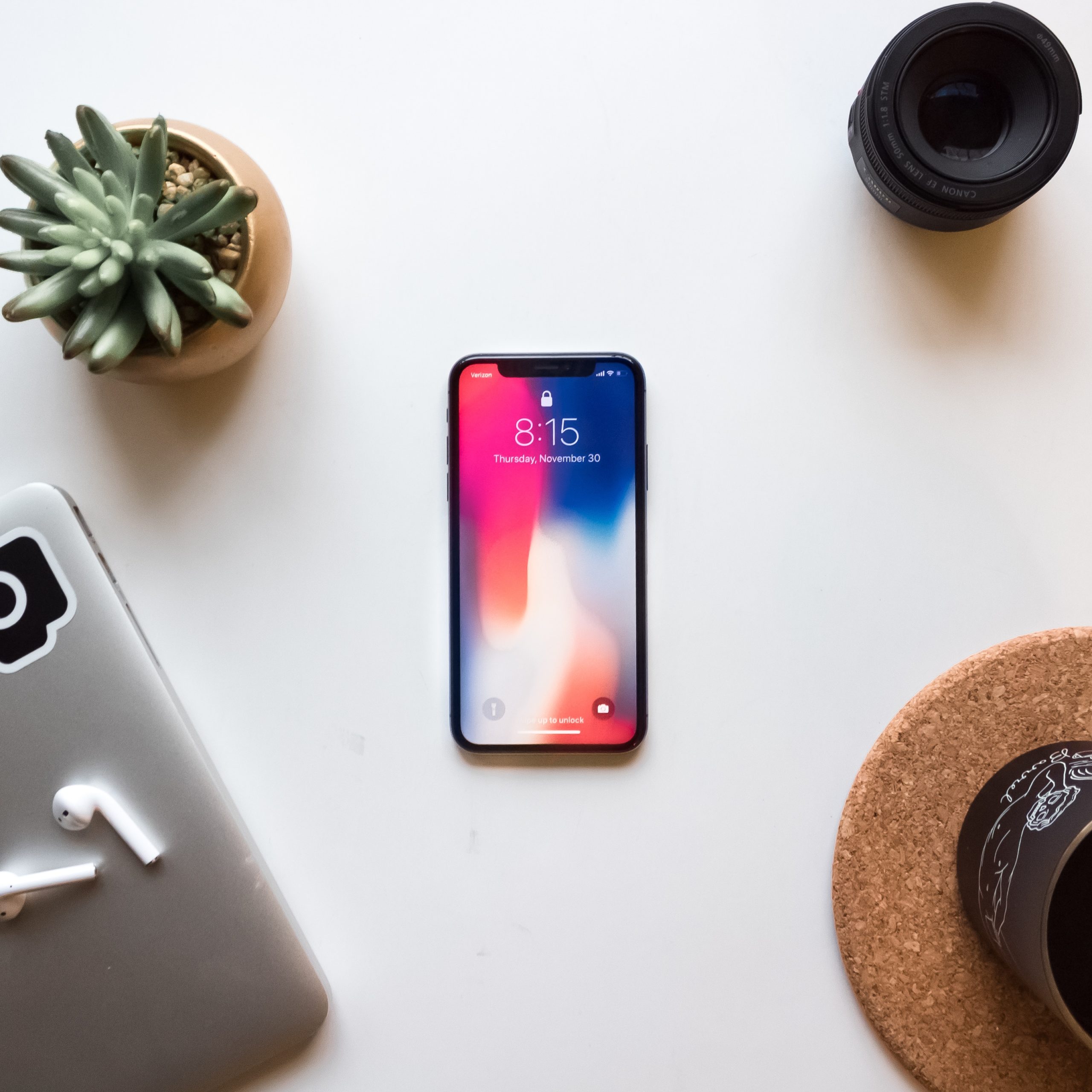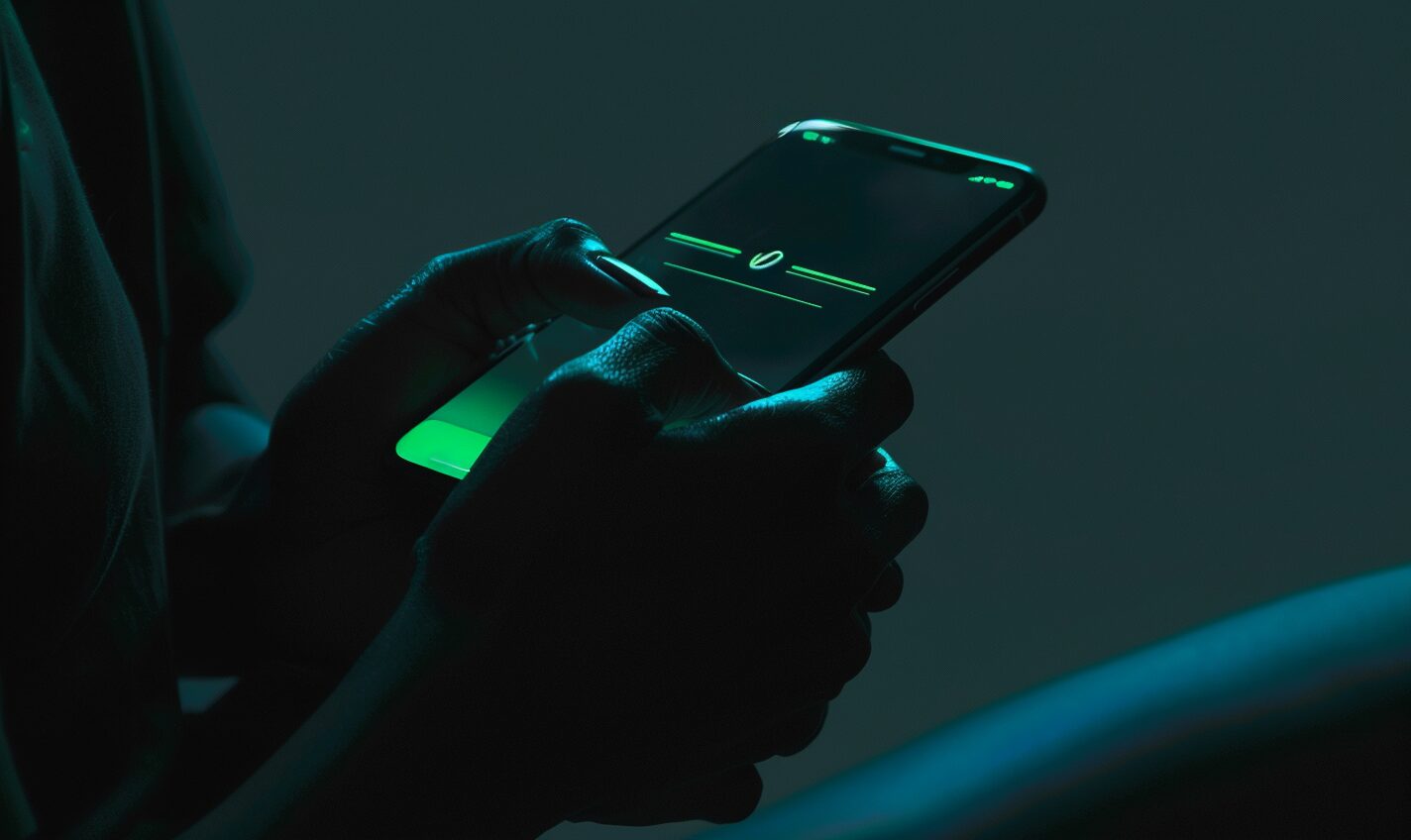
Apple’s friendly virtual assistant has come as standard fare on all recent versions of the popular iPhone —but do you know how to activate Siri? Digital natives might spend all day yelling at their phone, but for those who don’t know how to activate Siri, missing out on this handy feature means paying for perks you can’t enjoy. So follow our quick guide to unlock your phone’s hidden potential.
How to Activate Siri
If you’re using iOS 11 or later, Siri comes enabled on your iPhone out-of-the-box and is ready-and-waiting for your command.
For those using older versions of iOS, here’s how to activate Siri on your device:
iPhone 5/5c
- From the Home screen, tap Settings → Siri.
- Tap the slider bar next to Siri so that it slides to the green, on position.
- Tap Enable Siri when prompted.
iPhone 4/4S
- From the Home screen, tap Settings → General → Siri.
- Tap the slider bar next to Siri so that it slides to the green, on position.
- Tap Enable Siri.
If you decide at any time that you don’t want to have Siri help you, you can follow the same steps and tap Turn Off Siri to disable her.
How to Use Siri
If you’re using an older iOS version, you will want to enable the “Hey Siri” feature so that you can use voice activation to get help from your virtual assistant. With the feature enabled, you can you just utter the catchphrase “Hey Siri,” to let your phone know it’s going to receive a command.
When you use the “Hey Siri” command, you can get right to the point. Just say, “Hey, Siri, call Dad,” and the phone will dial the number saved under the contact “Dad.” You can also ask Siri to search for things on the internet, perform communication tasks such as sending a text message or use phone features like setting an alarm or enabling Bluetooth.
AI in Your Life
As an iPhone user, you’ve probably heard the term “artificial intelligence,” or AI. As you may have guessed, Siri is a form of artificial intelligence, and you can find the Siri feature on Apple products expanding beyond the realm of smartphones. Mac computers currently integrate Siri into the macOS operating system, and modern vehicles are beginning to incorporate Apple Carplay.
In a nutshell, any device that can mimic human intelligence through machine learning is considered an AI. When you use Siri frequently, you can begin to train the virtual assistant to recognize your favorites, for example by navigating “home” instead of to your specific address. This is done using advanced algorithms that allow an AI to predict your needs as a user.
Siri Is Just the Beginning
Today’s AI in the form of Siri, Microsoft’s Cortana or Amazon’s Alexa can be convenient. However, in the future, more advanced logical algorithms will allow for much more robust features from these types of AIs. For example, we are only beginning to have the ability to access apps using AI.
In the future, not only will AI interface with any app you want, but AI will also be built into your full suite of connected Internet of Things (IoT) devices. Instead of giving AI commands, the virtual assistant of the future will ask you if you would like to place an order for dinner at your favorite restaurant or lock all the doors in your home before you leave.
If you’re hesitant to embrace this technology after watching movies like “Terminator” and “The Matrix,” don’t worry. The level of AI required to achieve complete autonomy is still a long way off — and it will probably require significant advances in quantum computing.
For now, enjoy having some help with small tasks and voice commands for your stereo. Maybe one day we’ll look back and think of this as “the good old days.”
Recent Stories
Follow Us On
Get the latest tech stories and news in seconds!
Sign up for our newsletter below to receive updates about technology trends














